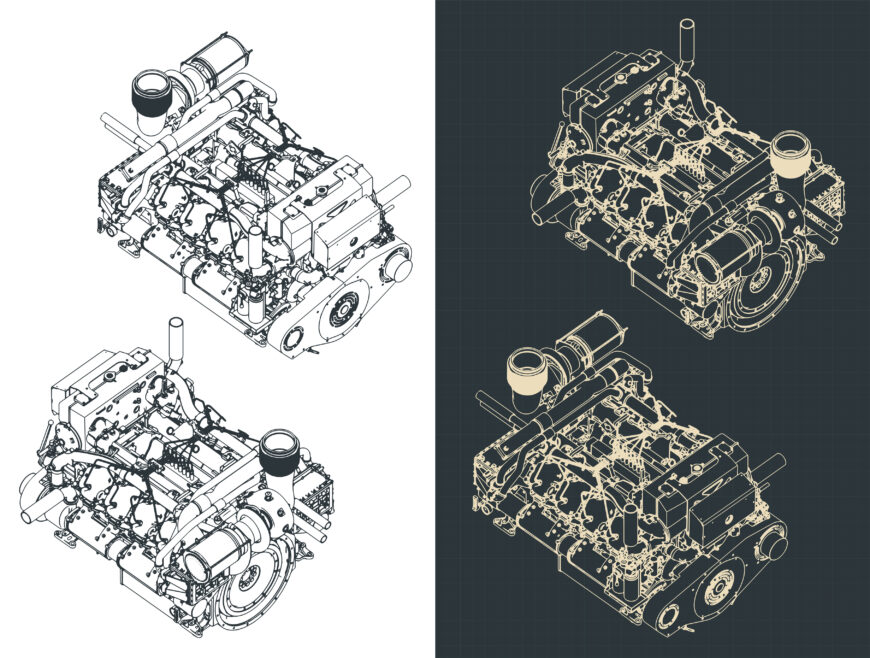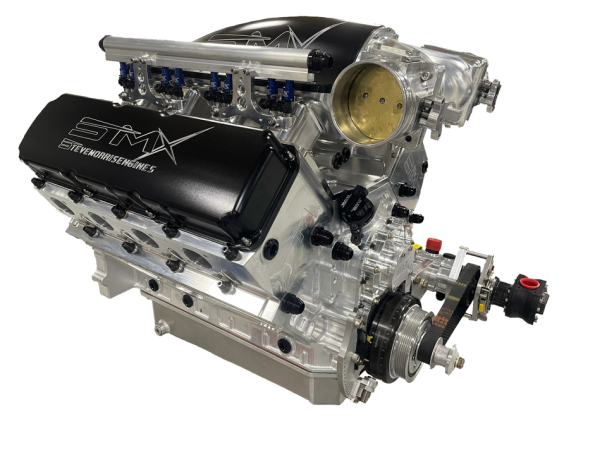Discover Top-Quality Engines for Africa at Our Trustworthy Auto Parts Store
The Quest for Ultimate Driving Power: Checking Out the Peak of Engine Efficiency and Technological Breakthroughs in the Automotive Field
In the world of automotive design, the search of maximum driving power has been a relentless mission that has actually unfolded through the advancement of engine design and the combination of cutting-edge technologies. From the meticulous craftsmanship of burning engines to the rapid developments in electrical propulsion systems, the automobile industry stands at the cusp of a new period identified by unprecedented efficiency capabilities.
Evolution of Engine Style

In addition, the integration of turbocharging and turbo charging technologies has actually reinvented engine design by enhancing power without dramatically increasing engine size. These forced induction systems compress the intake air, allowing for even more fuel to be ignited, therefore creating higher power result from a smaller engine. This advancement has been especially vital in improving the performance of smaller displacement engines while keeping fuel efficiency requirements.

Performance-Enhancing Gas Technologies
The application of sophisticated fuel technologies has dramatically added to improving engine performance in modern-day lorries. Biofuels, derived from renewable sources like algae, corn, or sugarcane, deal boosted and lowered emissions engine efficiency. Furthermore, fuel ingredients and detergents are being formulated to clean engine parts, maximize burning, and reduce rubbing, thus increasing overall automobile efficiency.
Improvements in Electric Propulsion
Substantial strides in electric propulsion modern technology have actually reinvented the automobile sector, leading the way for a new period of sustainable and effective transportation. Electric vehicles (EVs) are getting popularity as a result of their environmental advantages and developments in battery technology, making it possible for longer driving arrays and shorter charging times. Makers are investing heavily in r & d to enhance the efficiency of electrical propulsion systems, concentrating on boosting power result, improving power effectiveness, and decreasing overall weight.
One remarkable development in electrical propulsion is the development of innovative electrical motors that provide higher torque and power density, leading to enhanced acceleration and general driving efficiency. Furthermore, regenerative stopping systems have been improved to record and save power during slowdown, further enhancing the efficiency of EVs.
Additionally, the integration of clever innovations, such as fabricated knowledge and predictive analytics, is maximizing the administration of electric propulsion systems, guaranteeing optimal performance under various driving conditions. These improvements in electrical go to these guys propulsion are reshaping the vehicle landscape, driving the sector in the direction of a more sustainable and energized future.
Impact of Computational Fluid Dynamics
With innovations in electrical propulsion pushing the borders of automobile technology, the integration of Computational Fluid Dynamics is playing a critical duty in maximizing aerodynamic performance and boosting total performance in lorry style. Computational Liquid Characteristics (CFD) entails the usage of computer system simulations to evaluate the circulation of air around a lorry, enabling designers to predict just how design changes will certainly affect the rules of aerodynamics without the requirement for pricey physical models. By properly modeling airflow patterns, CFD permits the refinement of car forms to reduce drag, boost cooling, and boost stability.
CFD enables designers to enhance air flow around elements such as radiators, engine bays, and wheel wells, contributing to boosted efficiency and general driving experience. In conclusion, the integration of Computational Fluid Characteristics stands for a considerable action onward in the pursuit for supreme driving power and effectiveness in the vehicle market.
Future Trends in Engine Innovation
In the dynamic landscape of automotive design, advanced developments are forming the future trajectory of engine technology. The future of engine style is noted by a strong focus on performance, efficiency, and sustainability. Producers are increasingly concentrating on establishing engines that not just deliver high power results but also prioritize ecological responsibility by enhancing have a peek at these guys and lowering exhausts gas efficiency.
One prominent trend in engine technology is the rise of electrification. Hybrid and electric powertrains are getting grip as viable choices to traditional combustion engines. These modern technologies provide the capacity for significant reductions in carbon discharges and enhanced energy efficiency, aligning with global efforts to battle climate modification.
Furthermore, innovations in products science and production techniques are making it possible for the manufacturing of lighter and more long lasting engine elements. This shift in the direction of lightweight materials such as carbon fiber and light weight aluminum alloys adds to boosted efficiency and gas economic situation.
Verdict
Finally, the pursuit of best driving power in the automobile field proceeds to drive developments in engine layout, fuel innovations, electric propulsion, and computational liquid dynamics. The advancement of these modern technologies is shaping the future of engine technology, leading the way for extra efficient and effective automobiles (engines for africa). As the industry remains to push the limits of what is possible, we can anticipate to see a lot more groundbreaking growths in the quest for peak performance
One of the crucial milestones in engine design evolution is the transition from typical carbureted engines to modern-day fuel-injected systems. By specifically metering the gas delivery to each cylinder, fuel-injected engines enhance burning, resulting in look at this website much better performance and lowered environmental effect.
In addition, the assimilation of turbocharging and turbo charging innovations has actually transformed engine design by boosting power without considerably raising engine size (engines for africa).The application of advanced fuel technologies has actually considerably added to boosting engine efficiency in contemporary automobiles. In addition, fuel additives and cleaning agents are being created to tidy engine parts, maximize combustion, and decrease rubbing, consequently improving total car efficiency